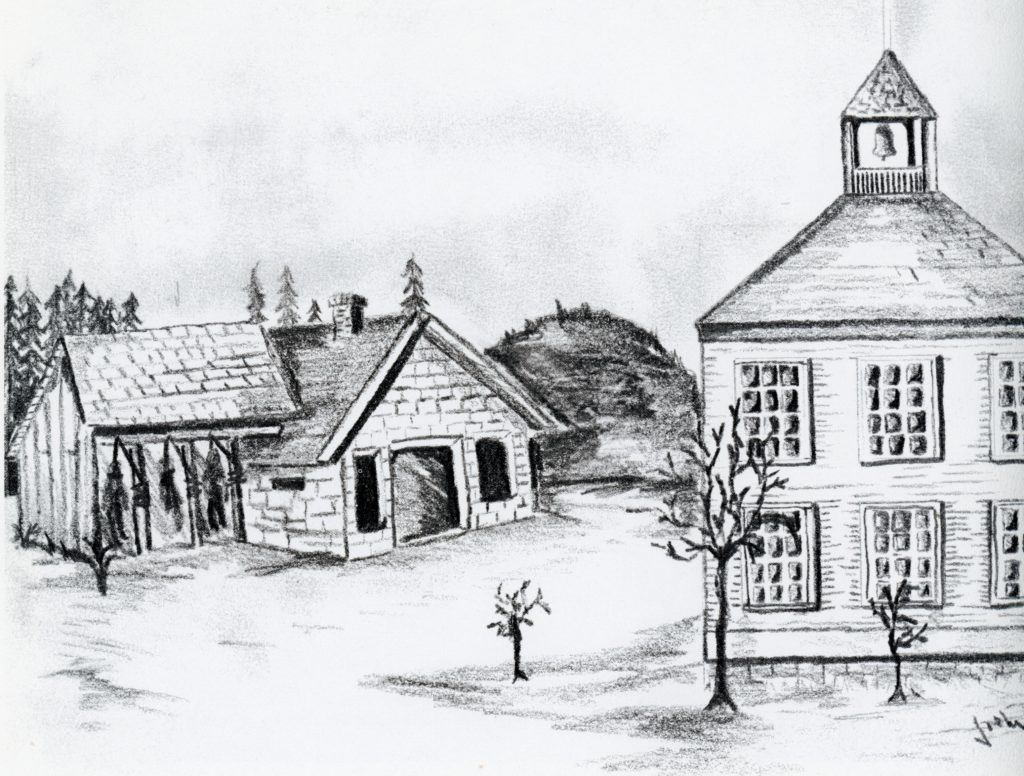
This title should grab a few reader’s attention. While Lassen judges did sentence criminal murder defendants to a death sentence, those people were sent to a state prison facility where the execution was done. There were two instances in 1800s where vigilantes took matters into their own hands. I do recall personally an instance on the other extreme, whereby a justice court judge. instead of sentencing a misdemeanor criminal charged, used the sunset clause. Those not familiar, the said person instead going to jail, was told to leave the county by sun down and never return.
Actually, this is post is about how the Lassen County Superior Court Judge’s portraits came to be. First, it should be noted that in 1879, California voters approved a new state constitution that revamped many governments functions. The District Court system was abolished and replaced with the Superior Court we have today.
In 1936, Ben V. Curler was elected Lassen County Superior Judge, a position he held until he retired on September 14, 1964. A side line project of Curler’s was to locate photographs of the previous superior court judges dating back to J.W. Hendrick who served as the first judge in 1880. At Curler’s own expense he had prints made, framed and then hung in the courtroom–however Judge Masillon Marstellar’s portrait was elusive. (Marstellar served from 1884-1890). As the story goes when the courtroom was repainted during the late 1960s, the portraits were carefully wrapped, stored in the basement and forgotten.
Enter Nataqua Parlor #152 of the Native Daughters of the Golden West. For the United States 1976 Bicentennial project Native Daughters, with Elberta Fraley at the helm, took on the task to have the portraits restored, rehung and updated to include portraits of Ben Curler, Judge Stanley Arnold and Judge Arthur Anderson. In 1978, a portrait of Judge Marstellar was located and subsequently added.